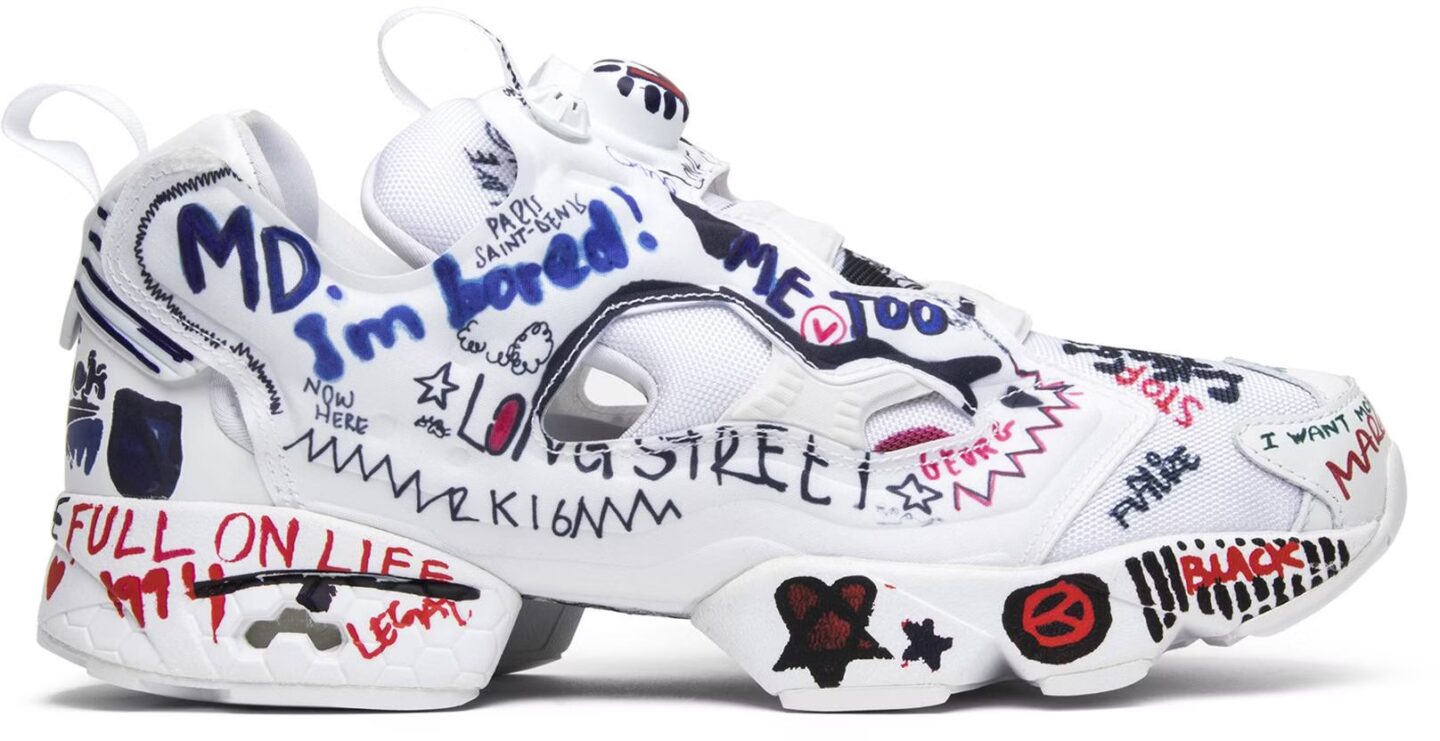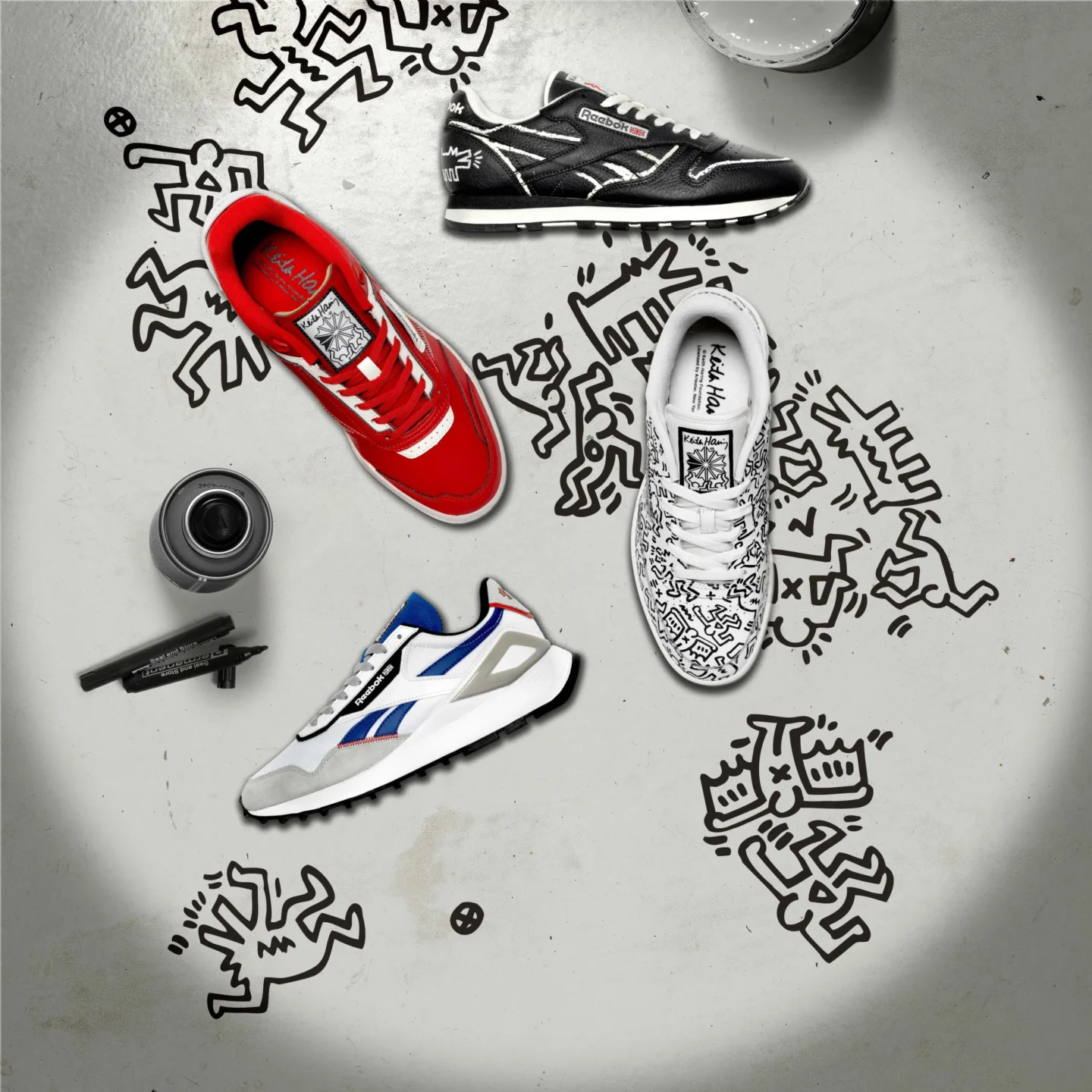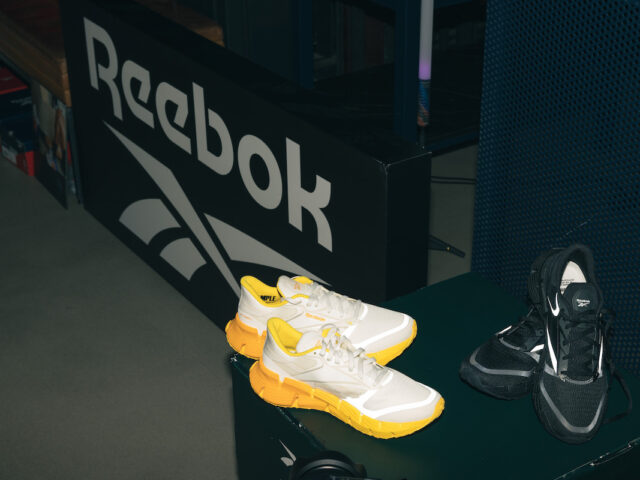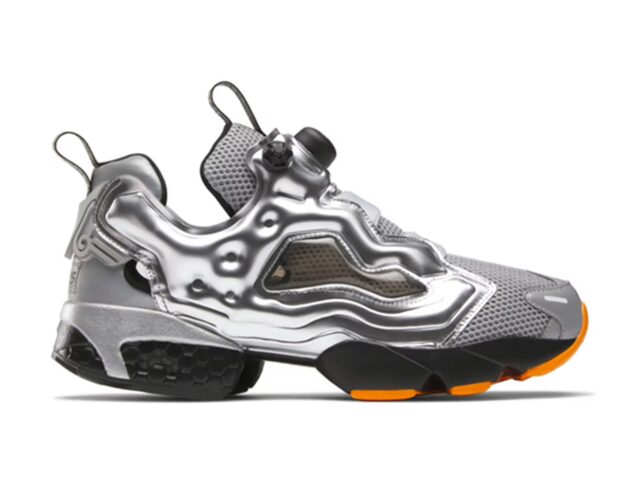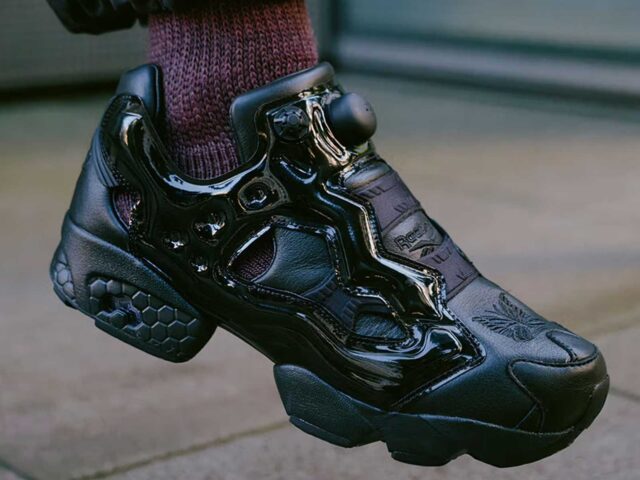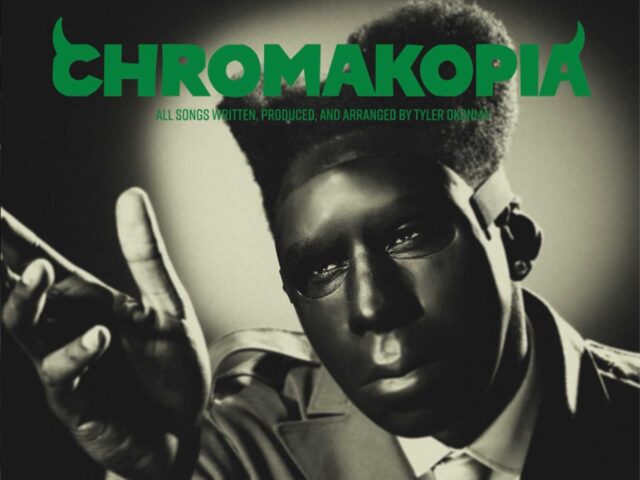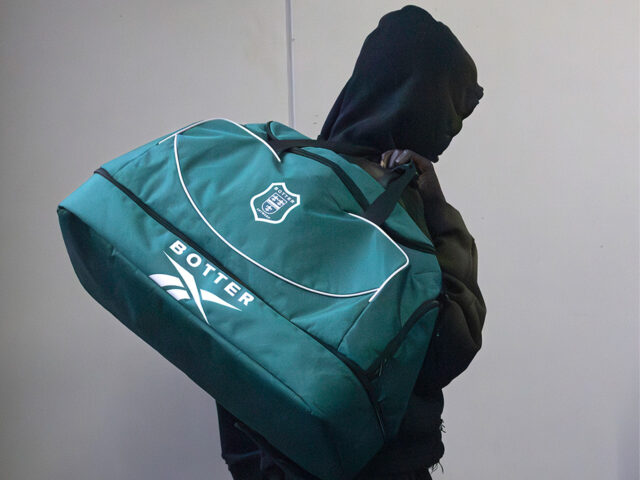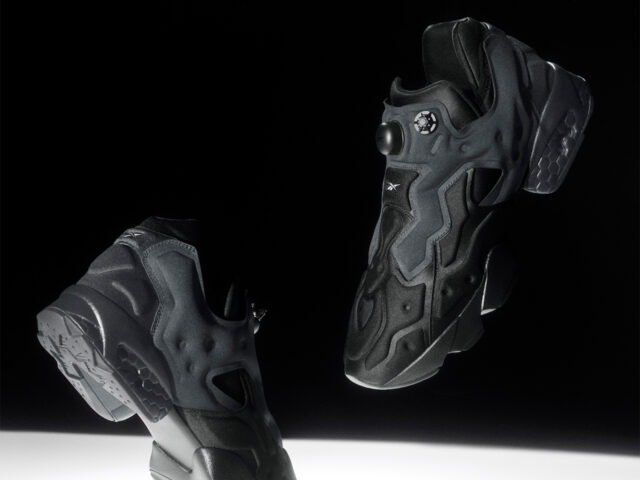Was Reebok the first graffiti brand? Perhaps there are no official archives to prove it, but if we dig into the collective imagination of the 80s and 90s, the answer is on the walls, in abandoned stations and in spray-painted sneakers. Before the big brands understood the potential of streetwear, Reebok was already there, shoehorning those who made art on the fringes of the law.
The scene was clear: the New York subway turned its cars into rolling galleries, the boom box set the pace on the corners, and in every writers’ crew there was always someone with a pair of Classic Leather shoes -or not so much- while running from the buff. The British brand, born in sports, was unwittingly absorbed by a subculture that reinterpreted it in its own way.
Unlike Nike, which has always spent huge amounts on advertising, or Adidas, which relied on Run DMC to position itself, Reebok took a more low-key approach. And that was key. Without grandiose campaigns or official ambassadors, it became a neighborhood brand; because it was accessible, comfortable, and above all, it had attitude. The Workout, the NPC, the Freestyle -yes, the aerobics ones that ended up in the Bronx and not in gyms- were part of the look of those who lived the city with their whole body. In addition, their sober design, without strident colors or invasive logos, was perfect for those who didn’t want to attract the attention of the police while painting. Going unnoticed was also part of the art.
And although there was never a campaign signed by a writer, Reeboks were on the feet of names that today fill books and documentaries in the world of graffiti: Dondi White, Futura 2000, Lady Pink, Seen, Blade… In archive photos they appear with white sneakers, often Classic or Workout, worn out from running between wagons. Reebok didn’t ask them to wear them. They did it because it was what they had, what their modus vivendi could stand.
While the graffiti world was becoming more and more popular, Reebok was sneaking in the feet of those who painted illegally; all regardless of contracts, advertising campaigns and promotions. So Reebok’s alliance with the graffiti world was not a vox populi alliance, but a union that has remained authentic to this day.
Over time, what began as signatures on trains ended up hanging in galleries. Graffiti mutated into urban art, and Reebok, far from disassociating itself, knew how to accompany this leap without betraying its origin. It did so by collaborating with figures such as Blade, who went from the New York subway to customizing Classic shoes as if they were cars; with Keith Haring, whose pop and activist style found a new canvas in Reebok; or with brands such as Vetements, who reinterpreted street aesthetics with luxury codes, but without forgetting their roots. Thus, Reebok not only fitted the first writers, but also understood that culture changes shape.
And Montana Colors, an absolute reference in the world of graffiti, understood this very well. Its recent union with Reebok was no coincidence: both brands drink from the same source: free creativity, rather low key, and sometimes illegal.
The meeting between MONTANA and Reebok Classic Leather is a way of telling us that the mythical Reeboks have always belonged to the underground culture without looking for it. And yes, Reebok may not have been the first graffiti brand, but it was certainly the brand that didn’t need to proclaim itself as such to be one.
Sigue toda la información de HIGHXTAR desde Facebook, Twitter o Instagram
You may also like...


